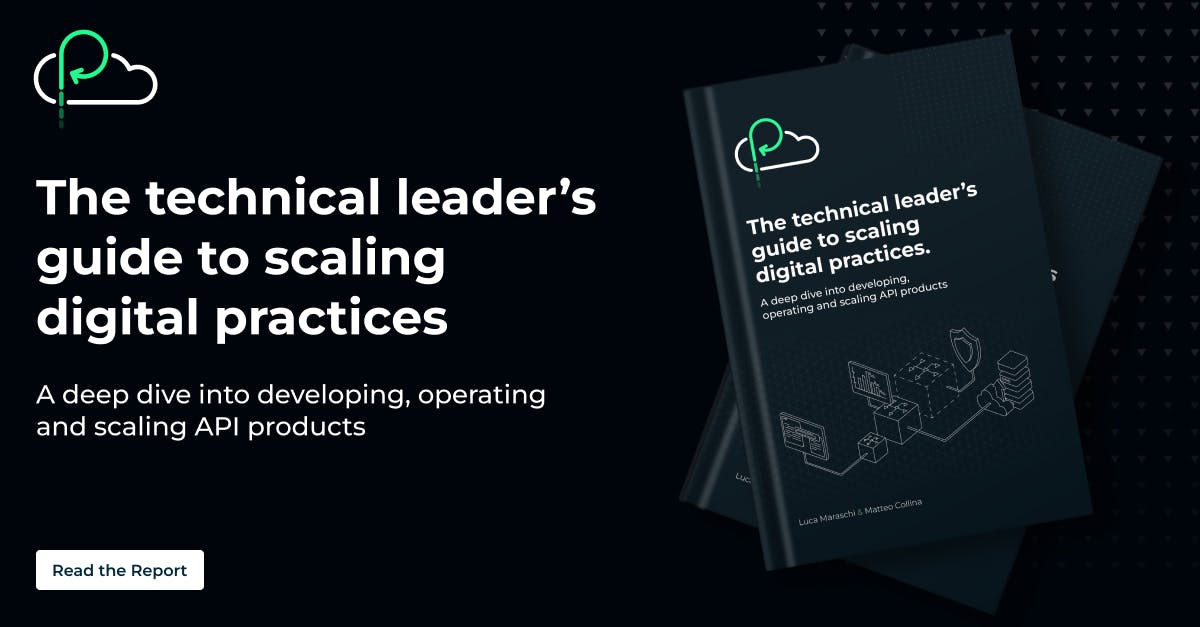A Deep Dive into Backend Developer Experience, Why It Matters and What You Can Do About It
In the ever-evolving world of modern software development, backend developers play a pivotal role in the success of web applications. However, their effectiveness hinges significantly on something often overlooked – Developer Experience (DX). In this blog, we explore the vital role DX plays in backend development and why it matters more than ever.
Defining Developer Experience
Developer Experience (DX) encompasses an array of elements within the software development process: systems, technologies, processes, and even the workplace culture that influences the efficacy of developers and the overall developer journey. A smooth and strong DX ensures quicker code changes, a seamless transition from ideas to production, and a developer-friendly environment.
Simply put, DX is about ensuring developer happiness and productivity.
In the short term, an improved DX directly boosts developer productivity, project success, and job satisfaction. Long-term benefits include talent retention, enhanced employer value propositions, revenue growth, and improved customer satisfaction. It's a win-win for both developers and organizations.
The Current State of Backend DX
Despite the undeniable importance of DX, the state of backend DX often leaves much to be desired. Backend developers face a myriad of challenges:
Complex systems, including large codebases, legacy systems, integration with multiple services, intricate architectures and dependencies
Lack of documentation
Insufficient tooling, exacerbated by the fact that up until now, DevEx improvements have focussed primarily on the frontend
Siloed and ineffective communication between platform engineering teams
Increased time pressures leading to excessive workloads
Today, setting up even a basic environment for backend development can take weeks. It's a far cry from the efficient, enjoyable, and productive work environment developers thrive in.
Measuring Developer Experience
Understanding and improving DX is paramount for the success of a development team. To gain valuable insights into the developer experience, organizations can utilize a combination of fast and accurate data through team surveys and system-based metrics.
Surveys provide a direct avenue for developers to share their perceptions and behaviors, shedding light on critical aspects like the smoothness of the release process, which can impact burnout and retention. They also offer a holistic view of systems, complementing system-based data that provides precise insights where abundant data exists.
When collecting system-based data, metrics like build and test execution times, system reliability, and on-call tickets per engineer can reveal valuable insights into development velocity and the impact of technical practices.
Creating an Optimal Development Environment
Creating an efficient and enjoyable development environment starts with the right tools and resources. This includes modern integrated development environments, automation of repetitive tasks, flexible tool options, clear documentation, and optimization for continuous delivery.
Leaders must empathize with developers, understand their workflows, and identify pain points, answering critical questions including, but not limited to:
What interfaces and tools are used?
What do "good" architectural practices mean to you and your organization, and do you have good architectural practices?
Do you have a loosely coupled system?
How many feedback cycles are developers undergoing?
Are there any processes that are highly repetitive that could be automated?
Are there any processes that take excessively long?
How does collaboration take shape and is there a way to make it more effective?
Do developers feel valued? And are they encouraged to innovate and supported when things go wrong?
Once identified, improvements typically fall under four main categories:
Automating repetitive tasks and processes
Rolling out flexible and configurable tools that help developers with their current pain points
Providing clear and consistent documentation
Optimizing for continuous delivery
At Platformatic, we understand that a seamless, intuitive development process fuels innovation and accelerates project delivery.
This blog post provides a snapshot of Chapter 1 from our e-book: "The Technical Leader’s Guide to Scaling Digital Practices." To delve deeper into the world of Developer Experience and how it impacts backend development, be sure to check out the full e-book.
How can we help you improve your DX?
At Platformatic, we are dedicated to simplifying complex backend challenges for enterprises, ensuring application security and scalability without compromising on performance.
Platformatic's unique approach to backend development has been garnering attention for its ability to empower development teams to focus on innovation, rather than getting bogged down by repetitive and time-consuming backend tasks.
Find out more about how we can help you abstract away the complexity of building backend infrastructure with our out-of-the-box API platform.


